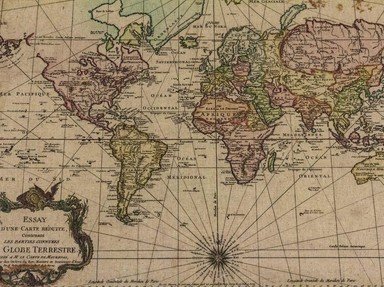Quiz Answer Key and Fun Facts
1. This powerful North African city defied the might of Rome, but ended up on the losing side.
2. Surrounded by the dense Central American rainforest, this city is famous for its majestic stepped pyramids.
3. This ancient city in the Indus Valley boasted a very advanced sanitation system and urban planning.
4. This many-layered city, found in modern-day Turkey, inspired many literary and artistic masterpieces.
5. One of the world's biggest tourist draws, this lost city in South America is named after its breathtaking mountain setting.
6. Not a lot remains of this Far Eastern city, where once a pleasure dome was decreed.
7. This monumental Middle Eastern city, the capital of a mighty empire, was destroyed by Alexander the Great.
8. This imposing stone city shares its name with the southern African country where it is located.
9. Located on a Mediterranean island, this "a-mazing" Bronze Age city is said to be Europe's oldest.
10. With its over one hundred earthen mounds, this city was one of the largest in North America before the arrival of the Europeans.
Source: Author
LadyNym
This quiz was reviewed by FunTrivia editor
agony before going online.
Any errors found in FunTrivia content are routinely corrected through our feedback system.


